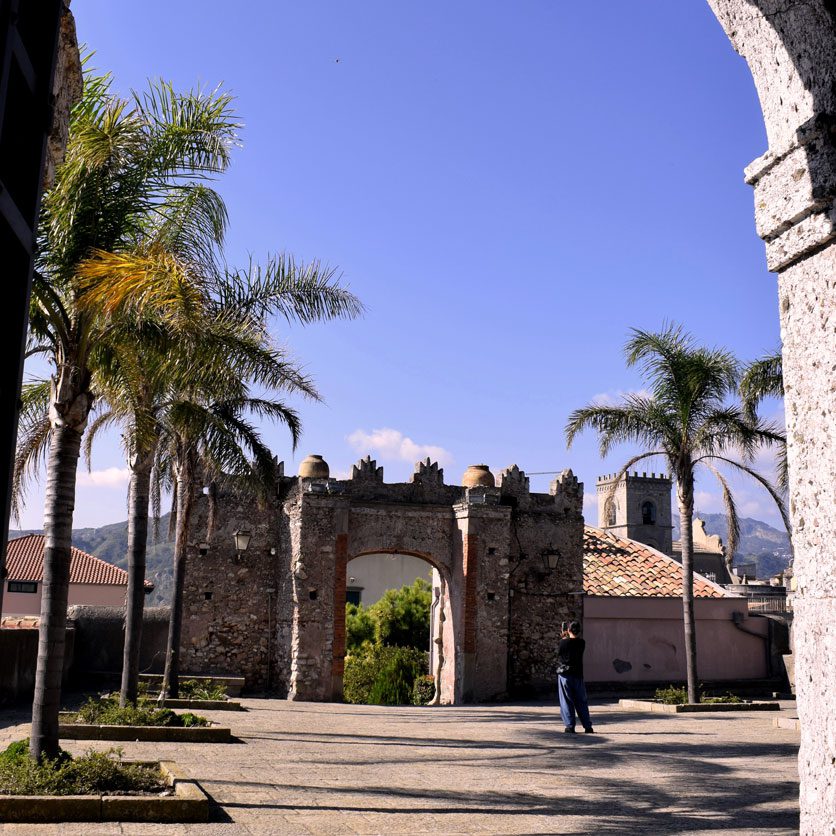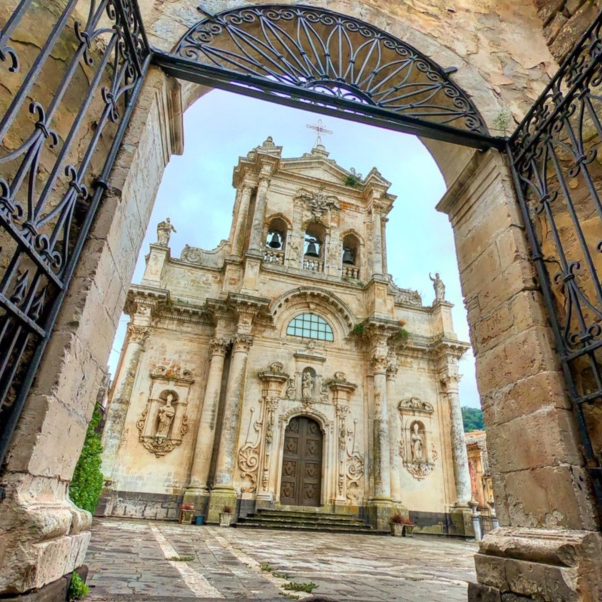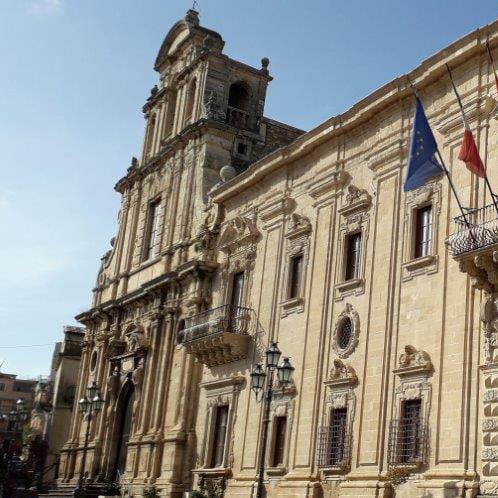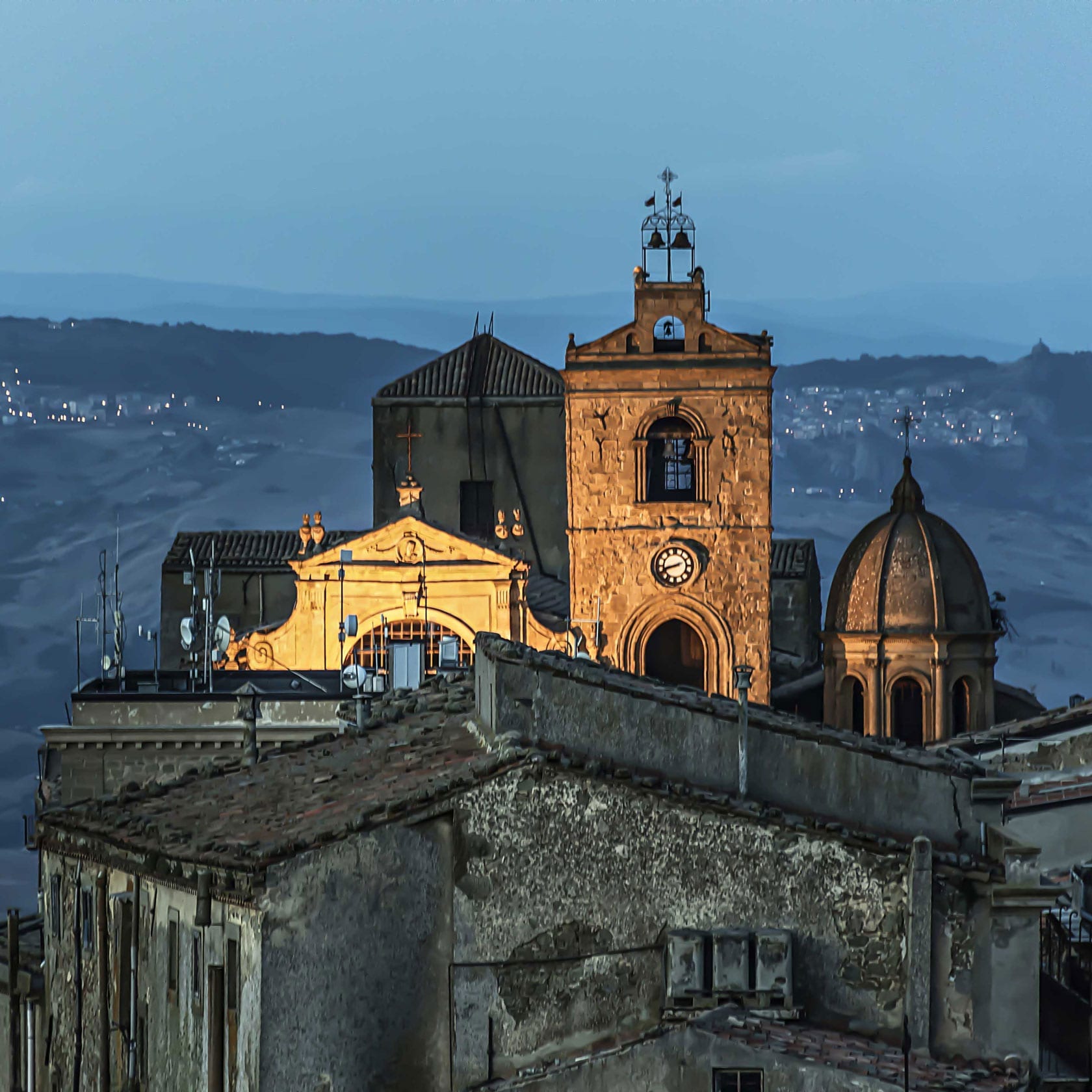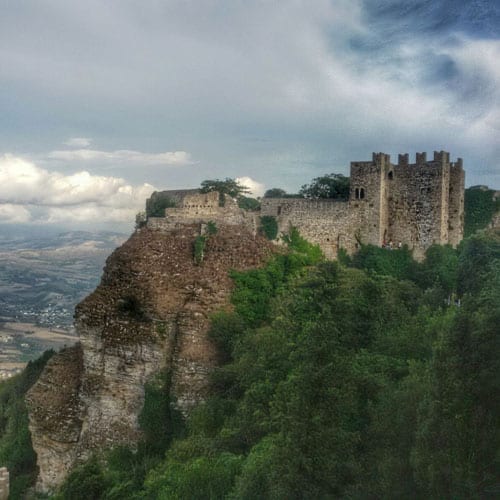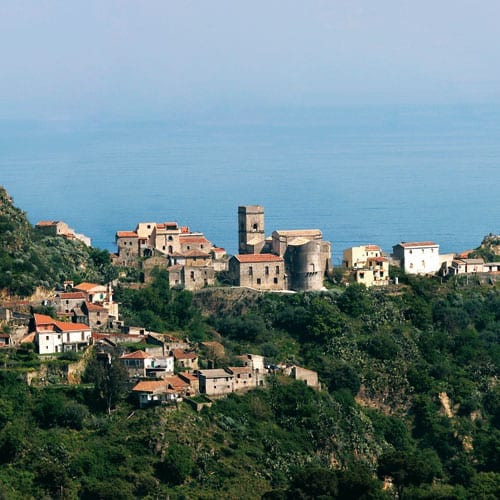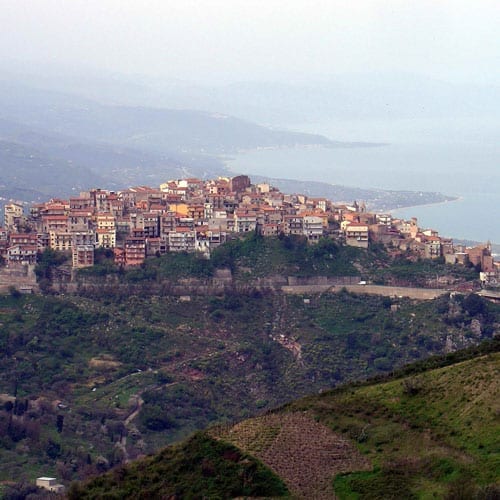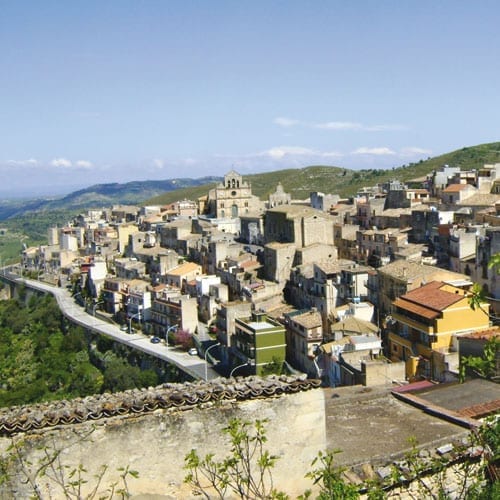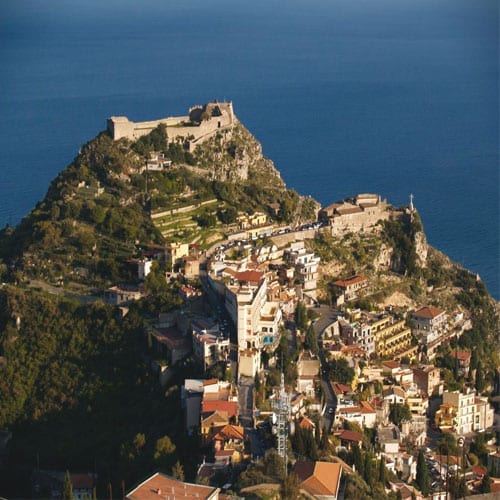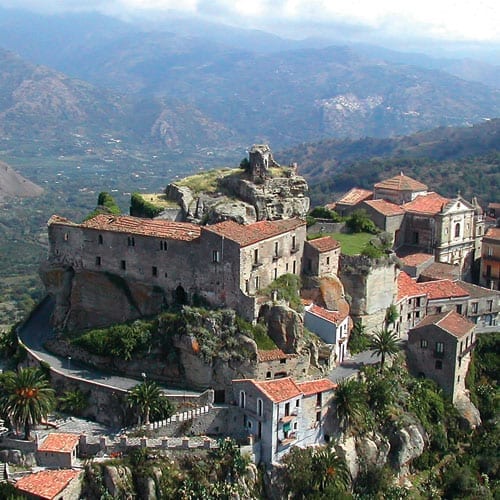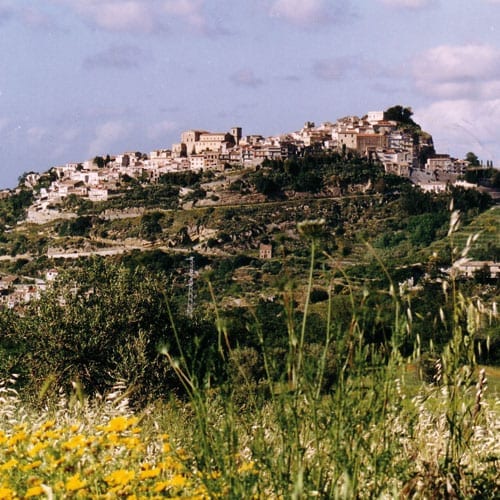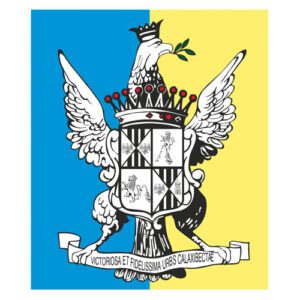 Calascibetta
Calascibetta
Equidistant from Three Seas
municipality of calascibetta
(Province of Enna)
Altitude
m. 691 – 902 s.l.m.
population
4228
patron saint
San Pietro Apostolo, la prima domenica e il successivo lunedì di agosto
turist information
Comune, Via Conte Ruggero 14,
tel. 0935 569111

Goethe wrote of Calascibetta’s panoramic position overlooking a cliff pierced with caves in his famous book, Italian Journeys. The borgo rises on the rugged Mount Xibet, on the Val di Noto. Its strong point has always been its geographical position, almost equidistant from the three seas that surround Sicily. Calascibetta was fortified and enlarged in 1062 by Count Ruggero I d’Altavilla, responsible for the construction of the sturdy city walls, entrance gates and watchtowers. The current urban centre shows still tangible signs of caves dating back to the troglodyte era and small traces of the Byzantine. The borgo’s layout, in the oldest part, is characterized by a complex medieval road network and it is a pleasure to get lost in these small alleys and courtyards. There were twelve regie trazzere, or straight roads, that departed from Calascibetta, connecting it to Sicily’s three seas. The Rupestrian site of Calascibetta includes more than 1000 caves scattered in the highest part of the borgo. Not to be missed are: the caves of Via Carcere, used in the Middle Ages as a city prison (the rock incorporates magnificent fossil shells of Pliocene oysters); the Necropolis of Realmese (9th-6th century BC) consisting of 288 grotticella graves; the Byzantine Village, a late Roman-Byzantine rock settlement that includes two two-storey churches dug into the rock and about thirty caves used as houses or shelter for animals.
Local specialty products are DOP Piacentinu ennese, a mature cheese made with sheep’s milk, and sgrinfiati, diamond shaped biscuits made with almonds and orange rind.
- Sagra della Salsiccia, early September: the sausage festival is part of the Feast of Our Lady of Buonriposo and includes the Palio dei Berberi, an exciting bareback horse race, which originated in the 9th century, when Arab settlers lived near the Calat-Xibet Fortress.
- The Living Nativity scene, set in a series of natural caves caves, at Christmas time.


